Introduction
This article will discuss the following topics:
- What are Viton O-Rings?
- Materials used in Viton O-Rings
- Working principles
- Types of Viton O-Rings
- And more...
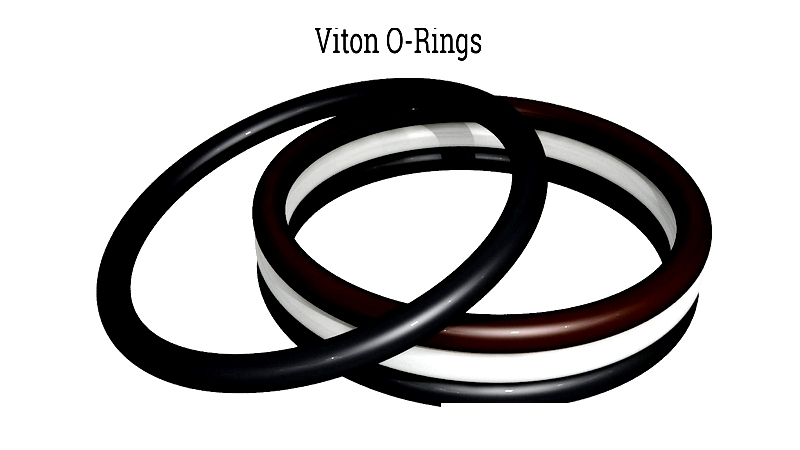
Chapter 1: What are the key advantages of Viton O-Rings?
Viton O-Rings are premium sealing solutions known for their reliable performance across multiple industries. Sectors like aerospace and pharmaceuticals depend heavily on these O-Rings. The Viton material significantly enhances their properties, making them exceptionally effective for demanding applications.
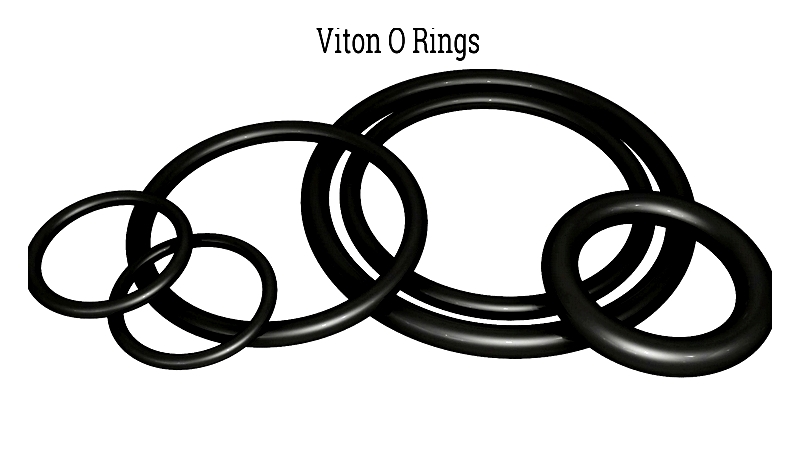
These O-Rings play a crucial role in managing fluids and gases in industrial processes, with Viton O-Rings standing out for their exceptional reliability. Made from fluorinated hydrocarbon rubber, they're designed to withstand harsh conditions. They offer outstanding resistance to high pressure, extreme temperatures, and weather-related degradation. Viton O-Rings come in three distinct grades to meet various application needs.
- Viton A: Ideal for O-ring production with 66% fluorine content.
- Viton B: Provides superior fluid resistance.
- Viton F: Used in fuel-exposed sealing applications.
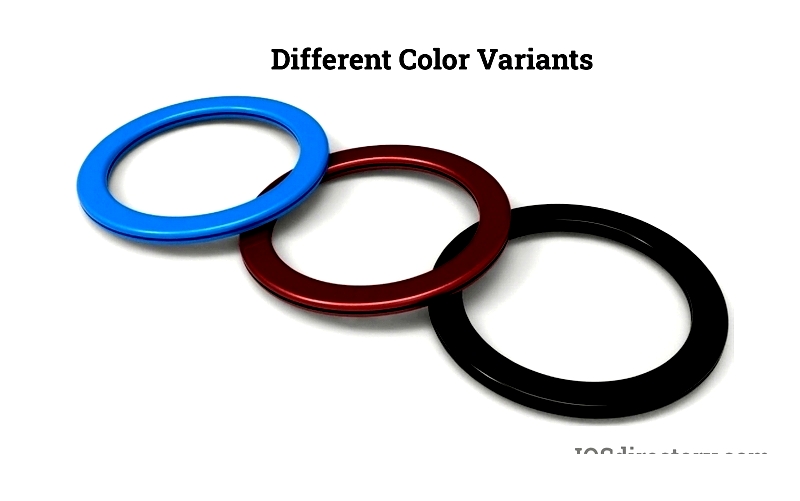
Industries such as aerospace, construction, and chemical processing require precision where standard sealing methods often fail, potentially causing hazardous leaks. This can sometimes lead to serious equipment damage due to inadequate pressure tolerance. Viton O-Rings excel in these challenging environments, offering exceptional durability and reliability. Their design effectively handles high pressure and extreme conditions, making them perfect for critical applications.
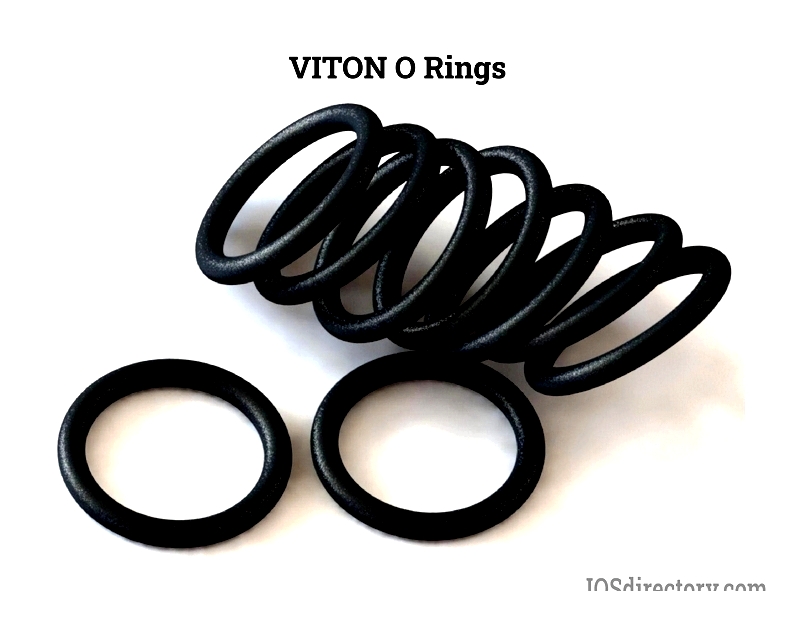
Chapter 2: What is Viton and why is it used for O-Rings?
Viton O-Rings are high-performance seals made from advanced synthetic rubber and premium fluoropolymer elastomers, designed for demanding industrial use. Their production involves carefully engineered blends of monomers, additives, and reinforcing agents, all sourced from reputable suppliers for consistent quality. This chapter examines the chemical composition, functional benefits, and unique properties that distinguish Viton O-Rings from standard rubber alternatives.
Fluoroelastomer
Fluoroelastomers, or FKM (fluorinated hydrocarbon rubber), are classified into five main types based on chemical structure, fluorine content, and cross-linking methods. High-fluorine varieties like Viton show exceptional resistance to aggressive fluids including fuels, oils, solvents, and chemicals, making them ideal for chemical processing, oil and gas, aerospace, and automotive applications. Six monomers contribute to fluoroelastomer content: ethylene (E), hexafluoropropylene (HFP), perfluoro methyl vinyl ether (PMVE), propylene (P), tetrafluoroethylene (TFE), and vinylidene fluoride (VDF). Viton O-Rings, known for their swelling resistance, low compression set, and performance above 473°F (223°C), have become the industry standard for high-temperature and chemical-resistant sealing.
Viton Elastomer
Viton Elastomer is the proprietary material at the heart of Viton O-Rings. As a fluoroelastomer class, Viton excels in heat resistance, chemical stability, and long-term sealing performance. This synthetic rubber is specifically formulated for compatibility with harsh chemicals, fuels, and industrial media. Comprising four principal monomers, Viton Elastomer balances maximum resistance with minimal environmental degradation, making it the preferred material for critical O-ring applications in engineering, industrial, and automotive systems.
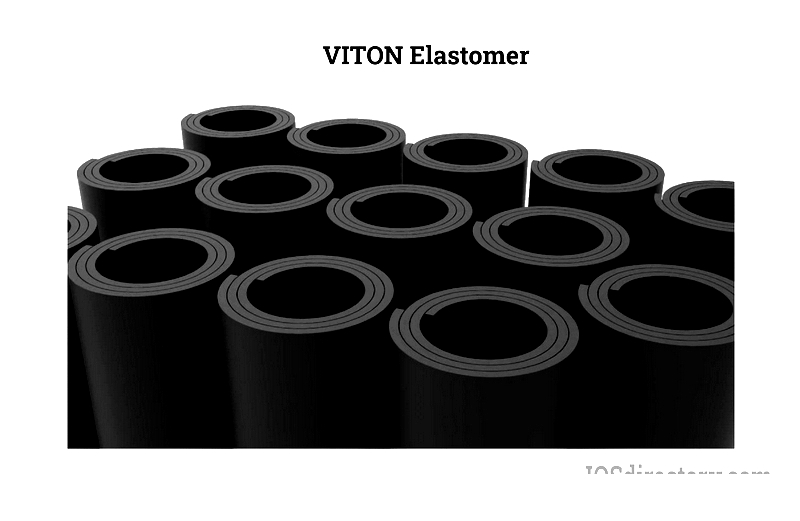
Vinylidene Fluoride (VDF)
Vinylidene fluoride (VDF) forms the polymer chain backbone in Viton Elastomer. This advanced monomer provides superior chemical resistance against acids, bases, fuels, and hydrocarbons, along with exceptional thermal stability. Consequently, Viton O-Rings are highly trusted for sealing in chemical processing, fuel handling, automotive systems, and high-temperature environments.
Hexafluoropropylene (HFP)
HFP enhances Viton O-Rings' flexibility, low-temperature resistance, and chemical compatibility. Its inclusion maintains elasticity and sealing properties in dynamic temperature environments like automotive engine compartments, aerospace applications, and oil refinery pipelines.
Tetrafluoroethylene (TFE)
Tetrafluoroethylene increases fluorine content in Viton O-Rings, significantly boosting performance across industrial conditions. Higher fluorine levels improve resistance to oxygen, ozone, and corrosive substances, making these O-Rings ideal for chemical-resistant seals and extreme temperature operations in steam, oilfield, and power generation industries.
Perfluoro Methyl Ethyl ether (PMVE)
PMVE is a specialty monomer that improves low-temperature flexibility and stability in Viton O-Rings. It ensures dimensional integrity and prevents brittleness in sub-zero conditions encountered in cryogenic applications, refrigeration, and cold storage systems.
Curing Agents
Curing agents initiate and control vulcanization, facilitating polymer chain cross-linking in the elastomer matrix. This process is vital for achieving the mechanical strength, heat resistance, and chemical durability expected of industrial-grade Viton O-Rings. Two primary curing agents are used:
Bisphenols
Bisphenol curing agents create a tightly cross-linked elastomer network in Viton O-Rings, enhancing heat, chemical, and compression set resistance. This makes them highly resilient in aerospace, pharmaceutical, and automotive fuel applications.
Peroxides
Peroxide curing is used for Viton O-Rings requiring metal substrate compatibility and steam/water resistance. This method ensures excellent sealing performance in steam valves, pressure regulators, and food processing equipment.
Filler Material
Reinforcing fillers like carbon black, calcium carbonate, and silica increase Viton O-Rings' durability and wear resistance. These fillers are crucial for reliable sealing in dynamic environments requiring abrasion resistance, tensile strength, and dimensional stability, such as hydraulic systems and heavy machinery.
Silica
Silica enhances compression set resistance and heat-induced deformation resistance. This is essential for high-pressure, high-temperature industrial processes, ensuring long-lasting sealing integrity and reduced leakage risk.
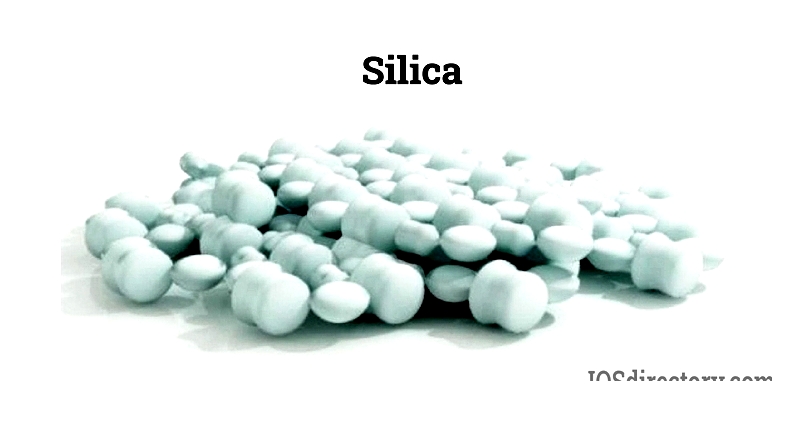
Calcium Carbonate
Calcium carbonate optimizes Viton O-Ring processing characteristics. It improves flexibility, reduces production costs, and enhances consistency during extrusion and molding in mass production.
Carbon Black
Carbon black, the primary reinforcing agent, boosts thermal conductivity and abrasion resistance. It's critical for applications with prolonged friction exposure, such as pump shafts and automotive engines, extending product life and reducing replacement frequency.
Processing Aids
These additives improve compound flow, reduce viscosity, and promote homogeneous mixing during Viton O-Ring manufacturing. The result is smoother, defect-free O-Rings with precise tolerances for high-performance sealing.
Plasticizers
Plasticizers enhance Viton compound flexibility and processability, especially during molding. This allows production of intricate or thin-section O-Rings that maintain excellent conformance and leak-proof performance under pressure cycling.
Lubricants
Industrial lubricants minimize friction, prevent mold sticking, and ensure smooth finishes during O-Ring manufacturing. This




